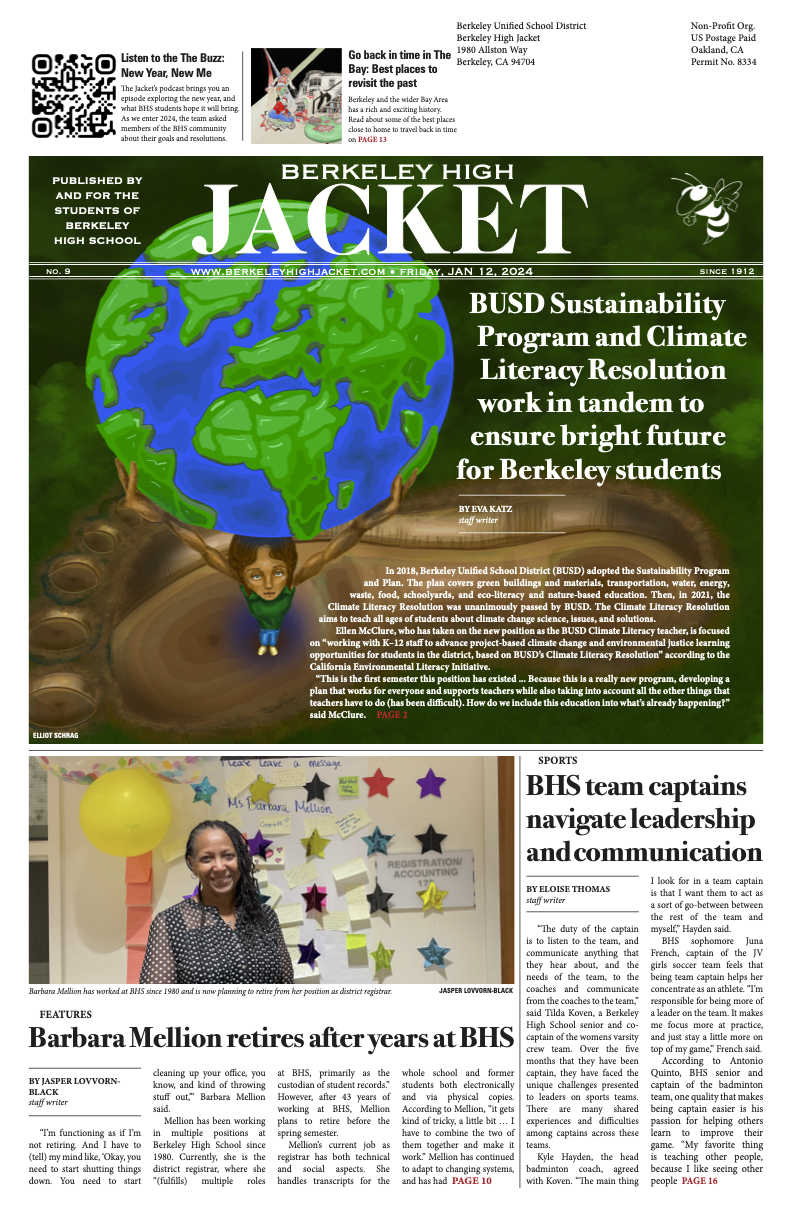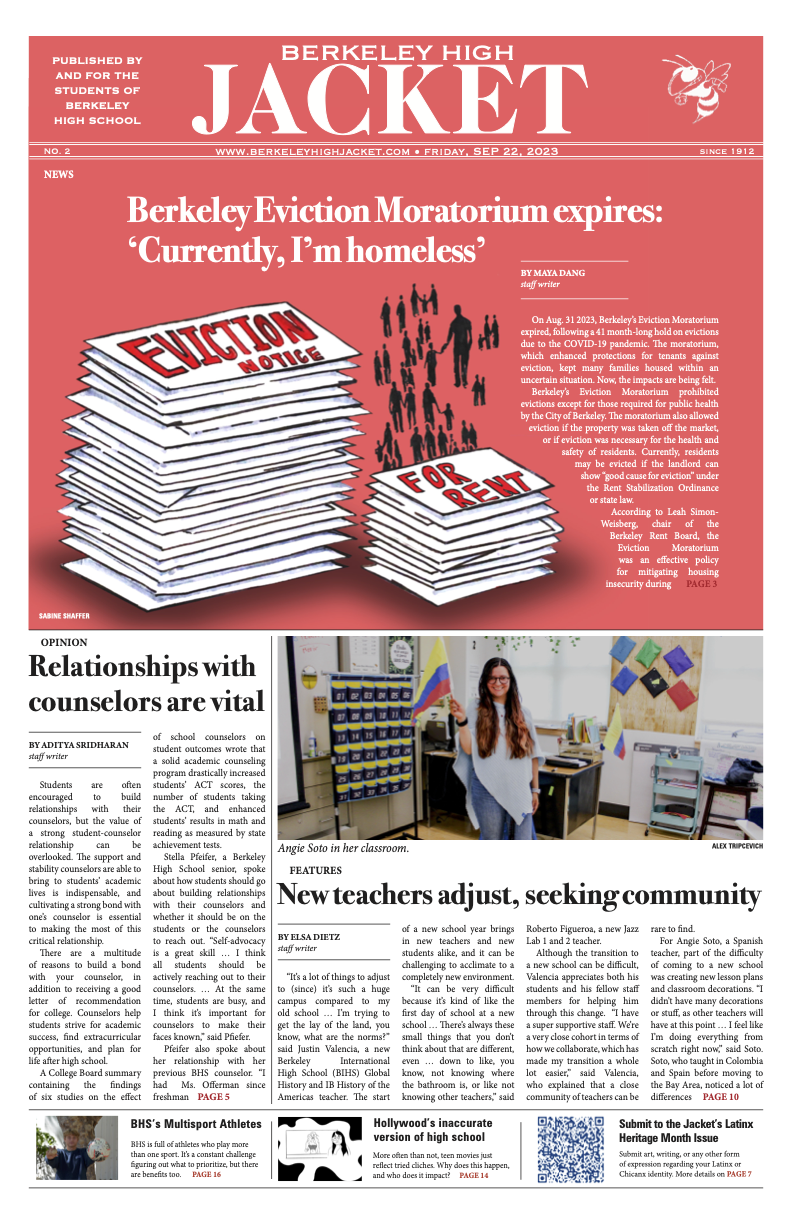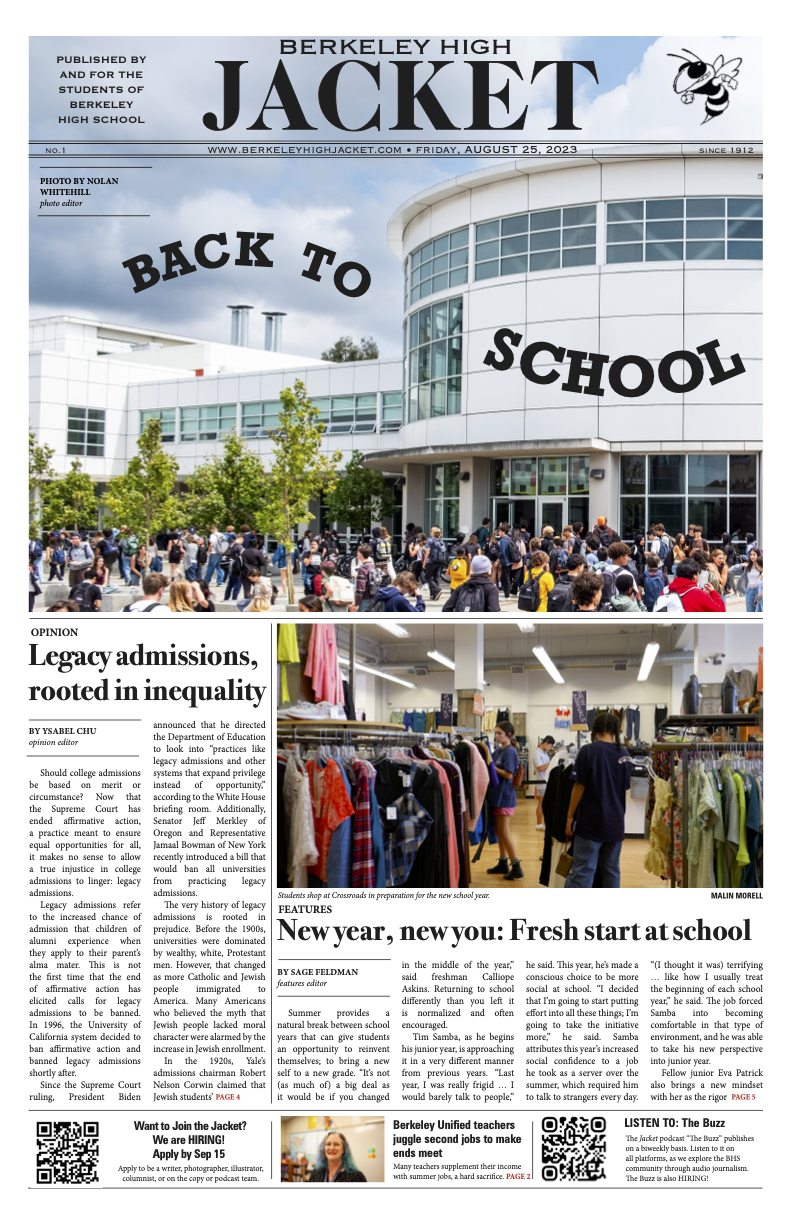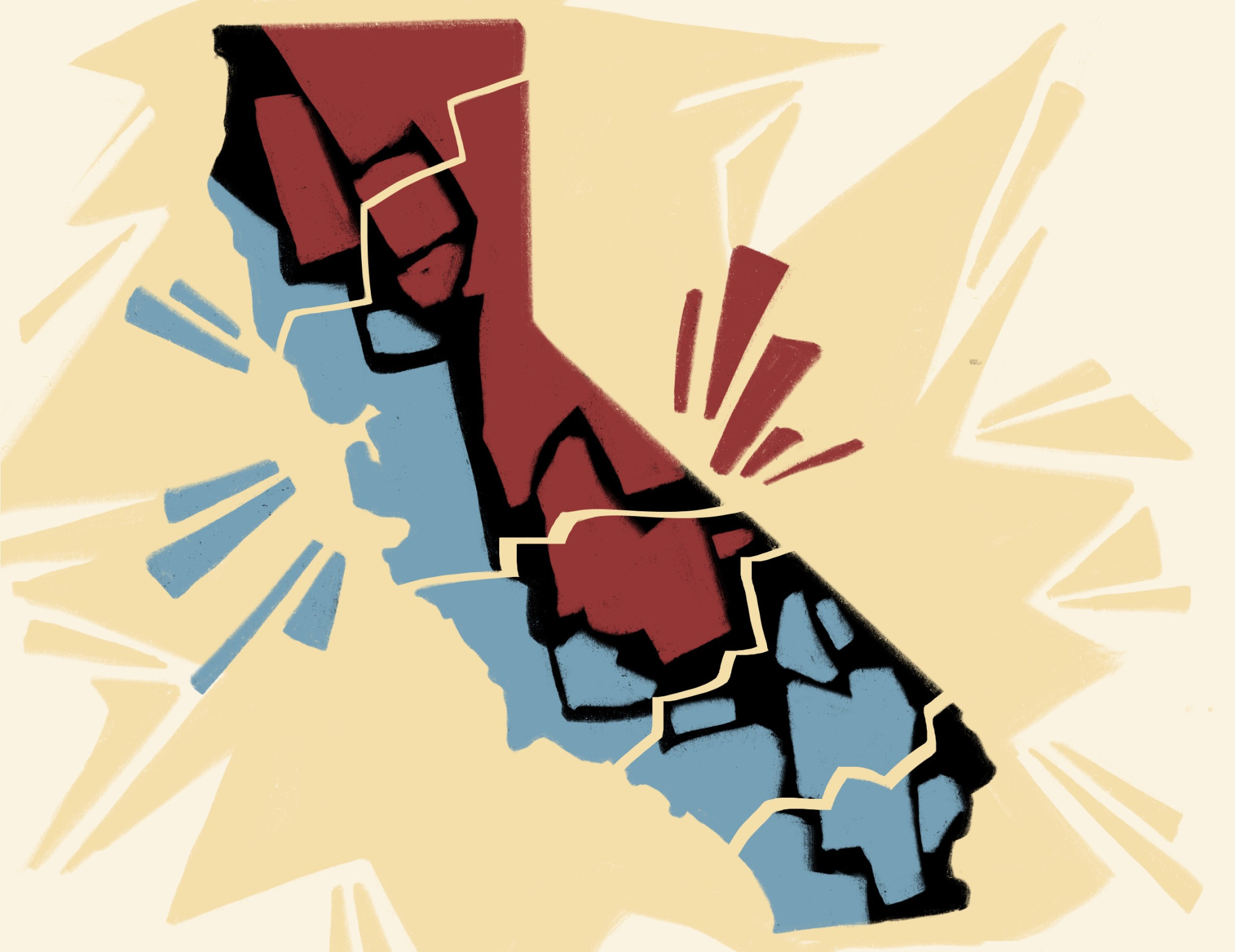Yes
This November, California voters will be making a decision that could cost everything. On Friday, Aug. 22, 2025, California Governor Gavin Newsom approved a new piece of redistricting legislation to be voted on by California citizens. The bill is called the “Election Response Rigging Act.” Newsom and the Californian government are using this act to respond to the redistricting legislation that was put in place on Wednesday, Aug. 20, 2025 by the Texan Senate. This redistricting, infamously known as “gerrymandering,” is the practice of political figures manipulating district lines to favor one person or party in a vote. With gerrymandering, Texas aims to attain five more seats in the House of Representatives, all of which will most likely be filled by Republicans.
The House of Representatives currently has 435 members (one for each U.S. district). The number of representatives per state often fluctuates every 10 years, after the U.S. census occurs and citizen population data is processed by an independent comission. However, Texas did not wait for the 2030 census to redistrict. Instead, it gerrymandered five years early as per President Donald Trump’s direct orders to Texas governor Greg Abbott. By gerrymandering, Texas will be redrawing district lines, not for census purposes, but rather for political power and gain for Trump and the Republican party. This legislation was signed into law in order to maintain the Republican party’s narrow 219-212 lead in the House during the 2026 election. It is imperative that California voters allow their government to respond and redistrict California to gain five Democratic seats in the House of Representatives. This will counteract Texas’ act, and add five Democrats to the house from California.
Texas’ gerrymandering is an immediate threat to our nation’s democracy, and must not go unchallenged. Gerrymandering is extremely undemocratic because it silences voters and transfers the power of voting into the hands of those that are already in power. By responding to Texas’ legislature with its own, California sends a message to lawmakers and government officials that political integrity must be upheld. “This moment calls for urgency and action. That is what we are putting before voters this November: a chance to fight back against (Trump’s) anti-American ways,” Newsom said at a press conference in August. California’s new district lines, if voted for, will only last the duration of two elections and will eventually be redrawn by independent commissions using data from the 2030 census. This is only a temporary change for California, necessitated by the current political climate.
Every day, the House of Representatives votes on bills concerning healthcare, minority rights, and the economy. People’s lives depend on the results of votes like these, and giving five seats to the Republican party may be the very difference between a bill going one way or the other. When addressing pressing topics that affect the lives of millions of Americans, it is crucial that we have fair representation in the House that accurately represents America’s values and concerns. The House of Representatives is very narrowly split, and these five seats, although seemingly small in number, may mean everything for our nation’s representation in Congress, which is why California must respond.
The United States of America is founded on the basis of equality and fair representation. To gerrymander and go against these values is to undermine our country’s democracy and rule of law. Texas’ actions cannot go unquestioned and uncontested, which is why California must sign the Election Response Rigging Act into law. Although this act may feel un-democratic, citizens of California must realize that fair representation and government are under immediate threat, and in order to preserve the voices of Americans, California must be redistricted.
No
Redistricting is the way in which the United States adjusts voting districts. Every 10 years, state districts must be redrawn to ensure each one has an approximately equal population. When redistricting is used strategically for political purposes, the process becomes known as “gerrymandering.” After the 2019 Supreme Court ruling of the Rucho v. Common Clause, which declared that federal courts cannot prevent partisan gerrymandering, state legislatures were left with unchecked power to redraw political maps.
In August 2025, this issue came to a head when Texas passed a redistricting plan that would add five Republican-leaning districts to the House of Representatives. California retaliated against Texas by drawing their own Democratic-favoring proposal to be voted on in this November’s 2025 special ballot. Instead of reflecting population changes from the census, these maps are specifically designed for the state’s own political gainings. The transformation of redistricting into a partisan weapon undermines the principle of fair representation. If both Texas and California abandon fair redistricting practices, partisan map-rigging will spread nationwide, increasing polarization and undermining the ability of voters to determine the outcome of elections.
“Packing” and “cracking” are the two most common gerrymandering techniques. The first, packing, puts certain groups of voters (such as those of a particular race) into a single district, disenfranchising votes that could’ve otherwise decided the outcomes of neighboring areas. When a group is cracked across multiple districts, their voting influence is diluted to a point where the votes aren’t sufficient to elect representatives of their preference. This means that in California, large Latinx and Asian American concentrations based in urban areas such as Los Angeles or the Bay Area, may see their voting influence reduced. These processes threaten fair voting, leading to a government which does not reflect the diversity of its constituents. The Voting Rights Act of 1965 was intended to protect voters from racial discrimination and to ensure that communities of color were fairly represented. When gerrymandering reduces that chance, it diminishes that promise, leaving communities feeling unheard.
California plans to change its district boundaries to create five new Democratic seats, with the goal of combatting Texas. “If approved by voters, the measure would redraw California’s congressional maps to help Democrats and cancel out Texas’ maps,” Laura Nelson, reporter for the Los Angeles Times, said in an X post. The fact that these decisions were made with this sole purpose shows that this is not a matter of fair representation, as redistricting should be. If both Texas and California gerrymander, the cycle of partisan map-rigging will spread nationwide as Democratic and Republican legislatures try to one-up each other. Gerrymandering will become seen as an acceptable political strategy. This goes against a core democratic principle, that the government should be chosen by the people, not politicians.
California, long known for its independent citizens redistricting commission is now undermining its own reforms. In August 2025, the California Legislature voted to bypass the independent commission. In an August statement, California Governor Gavin Newsom declared he would “fight fire with fire.” This directly contradicts California’s reputation as a model for nonpartisan redistricting. California is now at risk of betraying the trust of its voters.
It is evident that we can no longer rely on the government to protect fair elections. Gerrymandering intensifies the already-vast political divide by producing even more safe districts for each party. When a district is entirely partisan, elected officials no longer need to compromise with moderates or the other party. Instead, the government directs its focus to voices within their base to avoid being challenged in elections. States like Texas and California make congress less competitive, more divided, and less able to pass meaningful legislation. Gerrymandering undermines the core values of democracy. Texas’ plan is undemocratic and deserves
criticism, but California should not abandon its own commitment to fairness in response. To preserve democracy, California must resist the temptation of political retaliation and stand firm in its belief of nonpartisanship and fair representation.





